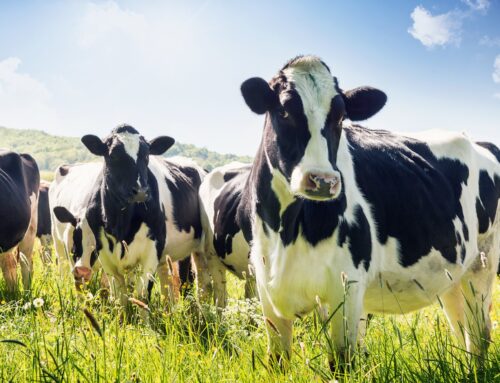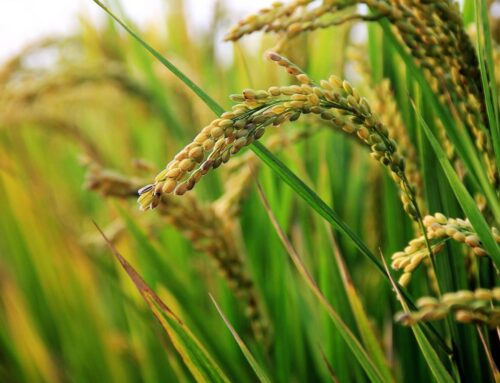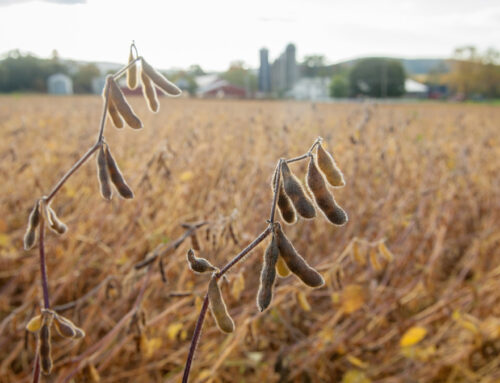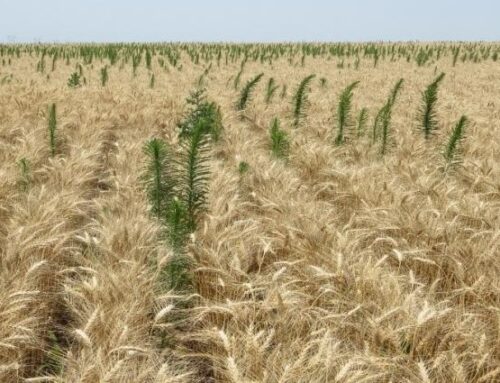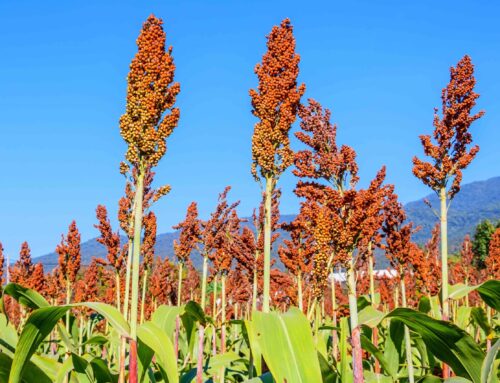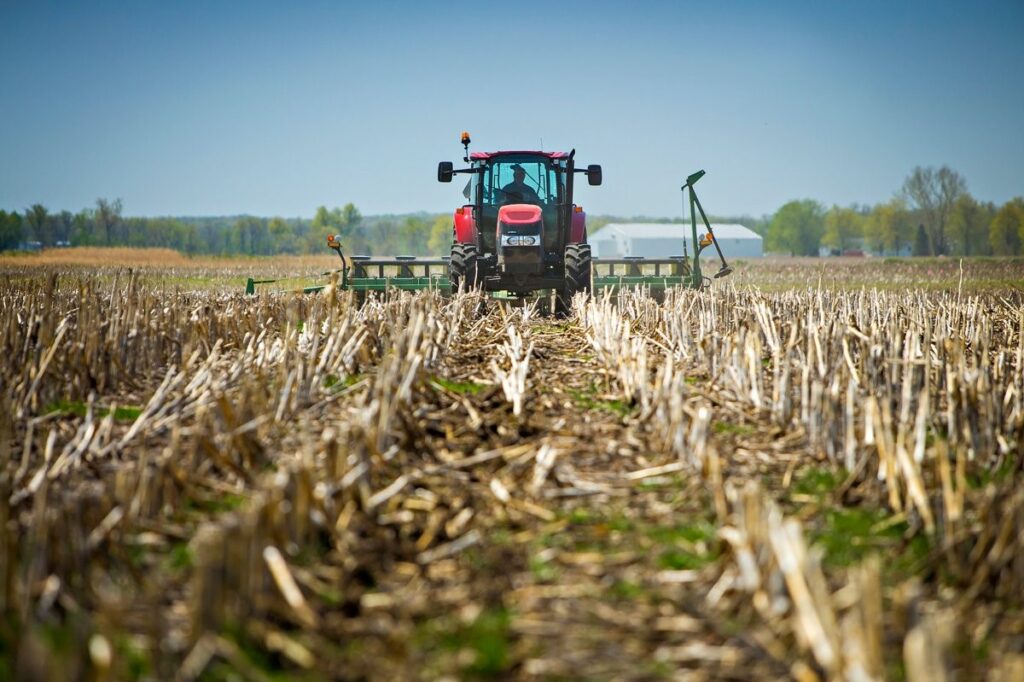
Experiments with gypsum on sugarcane saw significant increases in carbon sequestration.
No-till cropping systems are considered a climate smart agricultural practice. No-till increases carbon in the soil, reduces the amount of carbon dioxide released in the atmosphere and can improve crop resilience to extreme weather events, like floods.
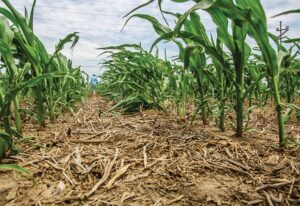 Experts say embracing climate-smart agriculture practices will make farms more resilient to floods, droughts, increased heat, and shifting pest pressure.
Experts say embracing climate-smart agriculture practices will make farms more resilient to floods, droughts, increased heat, and shifting pest pressure.
Sustainable ag, regenerative ag, climate-smart agriculture. We often use these terms interchangeably to describe farming practices that would fall under the heading, “conservation.” But while experts say there are commonalities in each term and the practices it covers, there are also subtle differences.
“Many of the practices we were once calling conservation practices we’re now calling climate-smart agriculture,” said Forbes Walker, professor with the University of Tennessee Institute of Agriculture. Walker was speaking on climate-smart agriculture at the recent Milan No-Till Field Day.
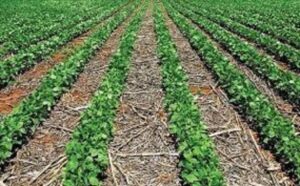 “Whereas, 30-40 years ago we began incorporating conservation practices to reduce erosion and improve water quality, the main idea behind climate-smart agriculture is protecting farms from extreme weather events while also reducing agriculture’s contribution to climate change,” he said.
“Whereas, 30-40 years ago we began incorporating conservation practices to reduce erosion and improve water quality, the main idea behind climate-smart agriculture is protecting farms from extreme weather events while also reducing agriculture’s contribution to climate change,” he said.
The three primary outcomes of climate-smart agriculture are 1.) increased productivity to better feed the world, 2.) enhanced resilience to climate shocks, and 3.) lower emissions of greenhouse gases into the atmosphere.
Walker said understanding climate-smart agriculture and embracing the practices within this system will make farms more resilient to floods, droughts, increased heat, and shifting pest pressure.
It will also prepare farmers to take advantage of emerging carbon markets and stake a claim to federal dollars aimed at improving climate health. With the recent passing of the Inflation Reduction Act, more than $20 billion could soon be funneled to climate-smart agricultural programs. Later this summer, USDA is expected to announce $1 billion in funding for pilot projects using climate-smart practices.
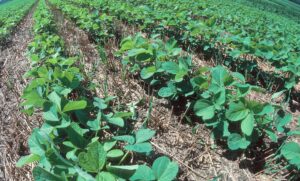 “As governments and industries invest in climate-smart agriculture, growers have opportunities to implement these conservation practices at a lower cost,” Walker said.
“As governments and industries invest in climate-smart agriculture, growers have opportunities to implement these conservation practices at a lower cost,” Walker said.
Sequestering carbon
Climate-smart agriculture begins with soil carbon sequestration — managing soils to increase their organic carbon content. Walker said managing soils hits all three primary outcomes of this agricultural system.
“As we build healthier soils, we can improve crop productivity. We also build our soil resilience, which allows the soil to better manage these weather extremes. Obviously, if we’re going to be sequestering more carbon, we’re going to impact net carbon dioxide emissions from agriculture which helps us meet the third outcome of reducing greenhouses gases in the atmosphere,” Walker said. “Also, the more carbon we can sequester, the more we’ve got to meet the economics and the markets of the future.”
So, what kind of practices can growers incorporate that not only improve the soil quality but also help the soil sequester carbon?
No-Till
“We do know that reducing tillage will dramatically reduce the amount of carbon that’s being released into the atmosphere, and over time will increase the amount of carbon in the soil,” Walker said.
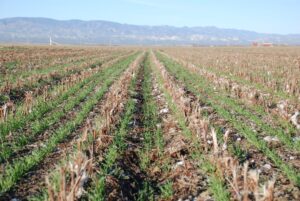 He outlined the numerous benefits of no-till, including dramatic reduction in erosion rates.
He outlined the numerous benefits of no-till, including dramatic reduction in erosion rates.
“We’ve seen with corn systems we can reduce erosion rates from over 100 tons per acre per year every year to less than one ton with cover crops and no-till,” he said.
“The economics of no-till are in our favor,” he added. “From 2022 field budgets we see that return on expenses for no-till corn is $114 per acre compared with $92 an acre for conventionally tilled corn. And that’s really because we reduce our machinery and labor costs with no-till systems.”
Research shows a gradual increase in soil carbon in no-till systems, according to Walker.
“We can see our soil carbon going from less than 1% to over 3.5% And we see changes in our soil biology.”
Cover crops
“We also know that cover crops can move carbon into the soil. We’ve documented increases in carbon in our cover crop research,” Walker said.
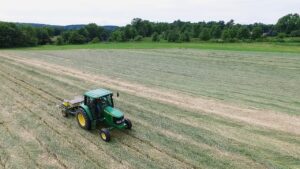 In addition to other benefits of cover crops, including better infiltration, weed suppression and improved soil nutrient profile, Walker added that in cover cropping systems, researchers have noted improvements in crop yields under weather extremes.
In addition to other benefits of cover crops, including better infiltration, weed suppression and improved soil nutrient profile, Walker added that in cover cropping systems, researchers have noted improvements in crop yields under weather extremes.
Soil amendments
There is some emerging literature on the use of other soil amendments, such as biochar and gypsum to move carbon to the soil.
“These things may not necessarily help the productivity of the crop, but they will help us sequester carbon, and to sequester carbon deeper in the soil profile, which may have some benefits for future carbon markets,” Walker added.
He shared the outcomes of an Iowa study where biochar was applied at a rate of seven metric tons per hectare back in 2011. Six years later the amount of carbon in the soil had doubled.
“The use of biochar to stimulate more carbon sequestration seems to be a technology worth investigating,” Walker said.
In Brazil, experiments with gypsum on sugarcane saw significant increases in carbon sequestration. Walker said gypsum may be an applicable soil amendment in perennial forage systems here in the Midsouth.
Nutrient management
“Basically, anywhere we put nitrogen down we’re going to see nitrous oxide emissions,” Walker cautioned. “So, what can we do to reduce that? Paying attention to nitrogen management is key. What is the source of nitrogen management? What are the rates that we’re applying?
Nutifafa Adotey, an assistant professor with UTIA, has researched nitrogen management in corn and found that adding or treating urea-based fertilizers with a proven nitrogen stabilizer reduces ammonia volatility losses. He also advises split applications when nirotren rates are greater than 120 lb/a.
“With nutrient management in a climate-smart agriculture system, we’re not necessarily chasing the highest yields, but the rates that allow for best economic return while also reducing nitrous oxide losses to the atmosphere,” Walker said.
Read the original article – CLICK HERE
